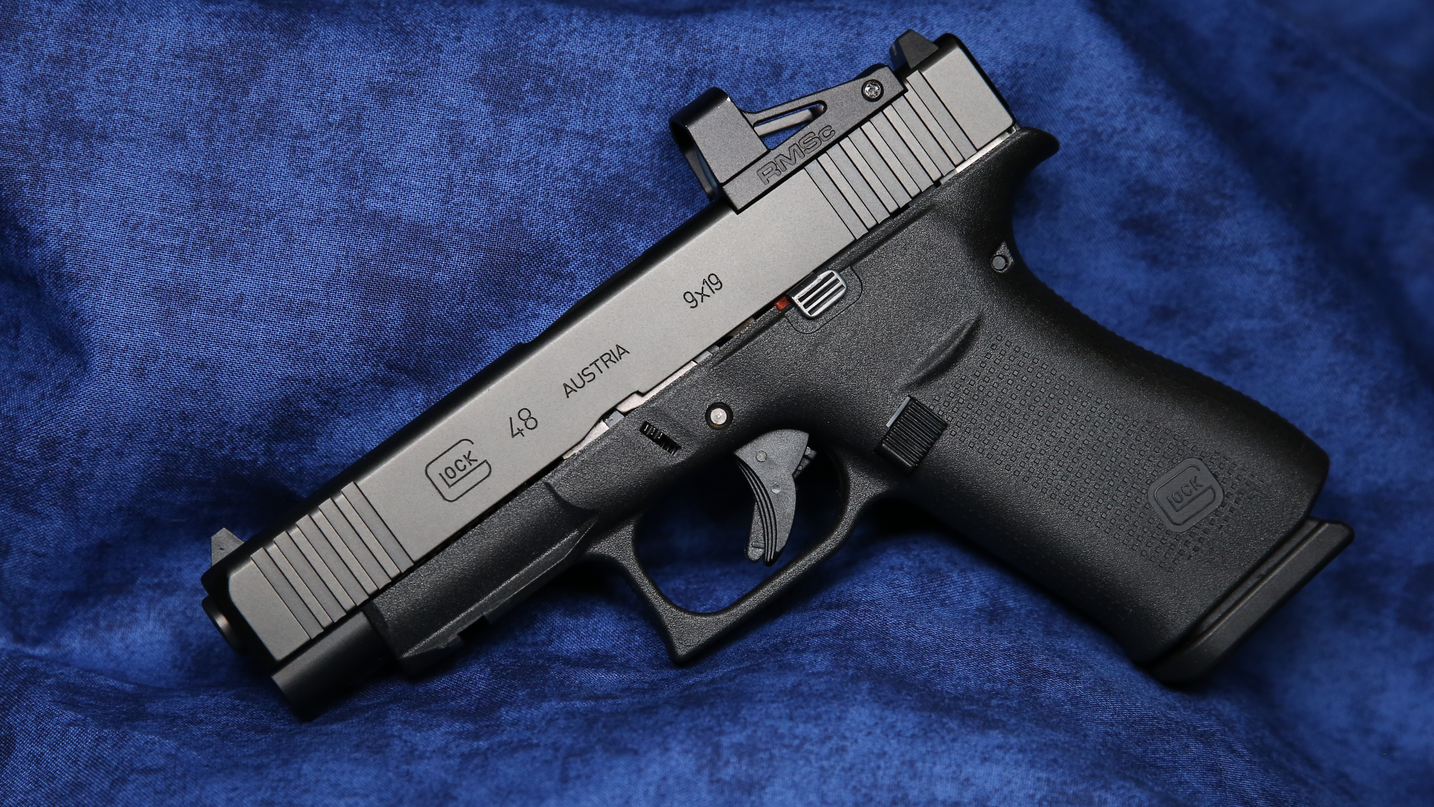
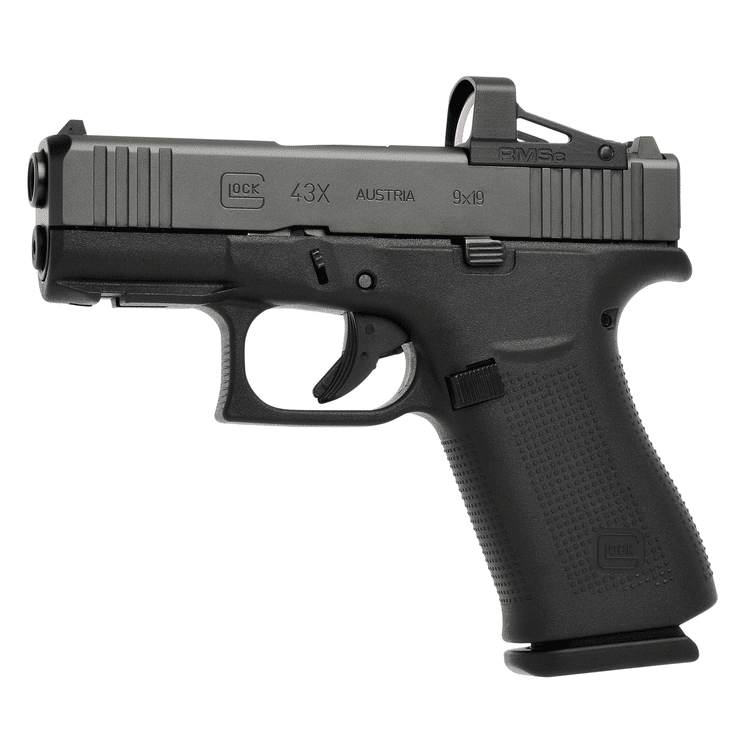 The G43X with Modular Optic System configuration.GLOCK Inc.GLOCK, Inc.’s Slimline GLOCK 43X and GLOCK 48 are now available in the Modular Optic System (MOS) configuration. These slim 9X19 pistol models feature a micro-optic-ready factory-milled slide and a slim rail.
The G43X with Modular Optic System configuration.GLOCK Inc.GLOCK, Inc.’s Slimline GLOCK 43X and GLOCK 48 are now available in the Modular Optic System (MOS) configuration. These slim 9X19 pistol models feature a micro-optic-ready factory-milled slide and a slim rail.
The G43X and G48 were introduced in July 2019 and feature a compact, Slimline frame with a 10-round magazine capacity. The optic-ready Slimline models are now available with an MOS cutout and slim GLOCK mounting rail system. With a non-standard MOS footprint, the Slimline MOS models require specific mico-reflex optics such as the Shield RMSc.
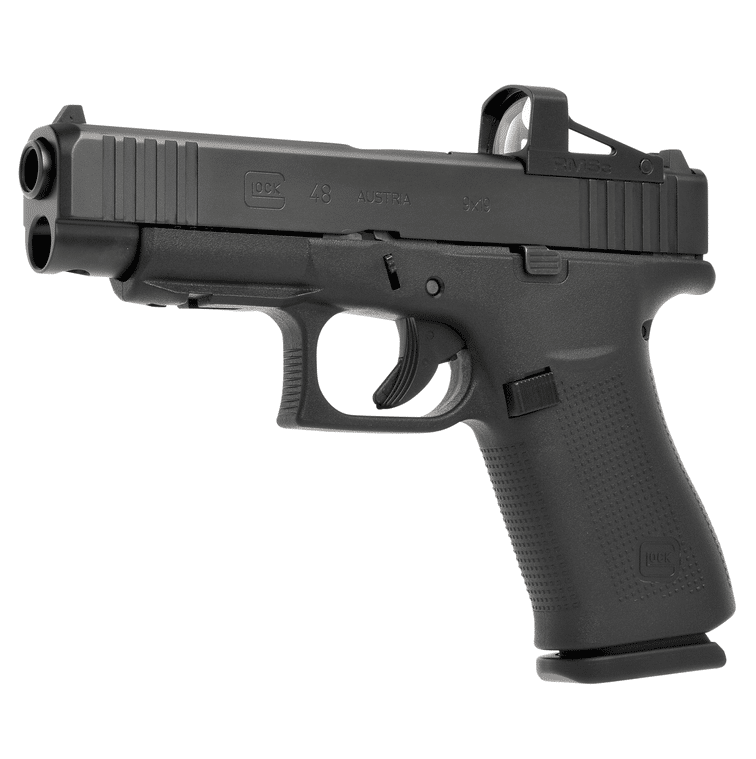 The G48 with Modular Optic System configuration.GLOCK Inc.Reflex optics (MOS) allow you to look through the reticle and focus on the target and alignment of the dot. The slim design allows the optical sight to be closer to the shooter’s line of sight and eliminates the need for high, back-up sights by allowing visibility of the standard GLOCK sights through the lens of the compact optic. With improved accuracy, quicker target acquisition and versatility, MOS pistols have become increasingly more popular for home and self-defense and are an ideal options for confined space operations.
The G48 with Modular Optic System configuration.GLOCK Inc.Reflex optics (MOS) allow you to look through the reticle and focus on the target and alignment of the dot. The slim design allows the optical sight to be closer to the shooter’s line of sight and eliminates the need for high, back-up sights by allowing visibility of the standard GLOCK sights through the lens of the compact optic. With improved accuracy, quicker target acquisition and versatility, MOS pistols have become increasingly more popular for home and self-defense and are an ideal options for confined space operations.
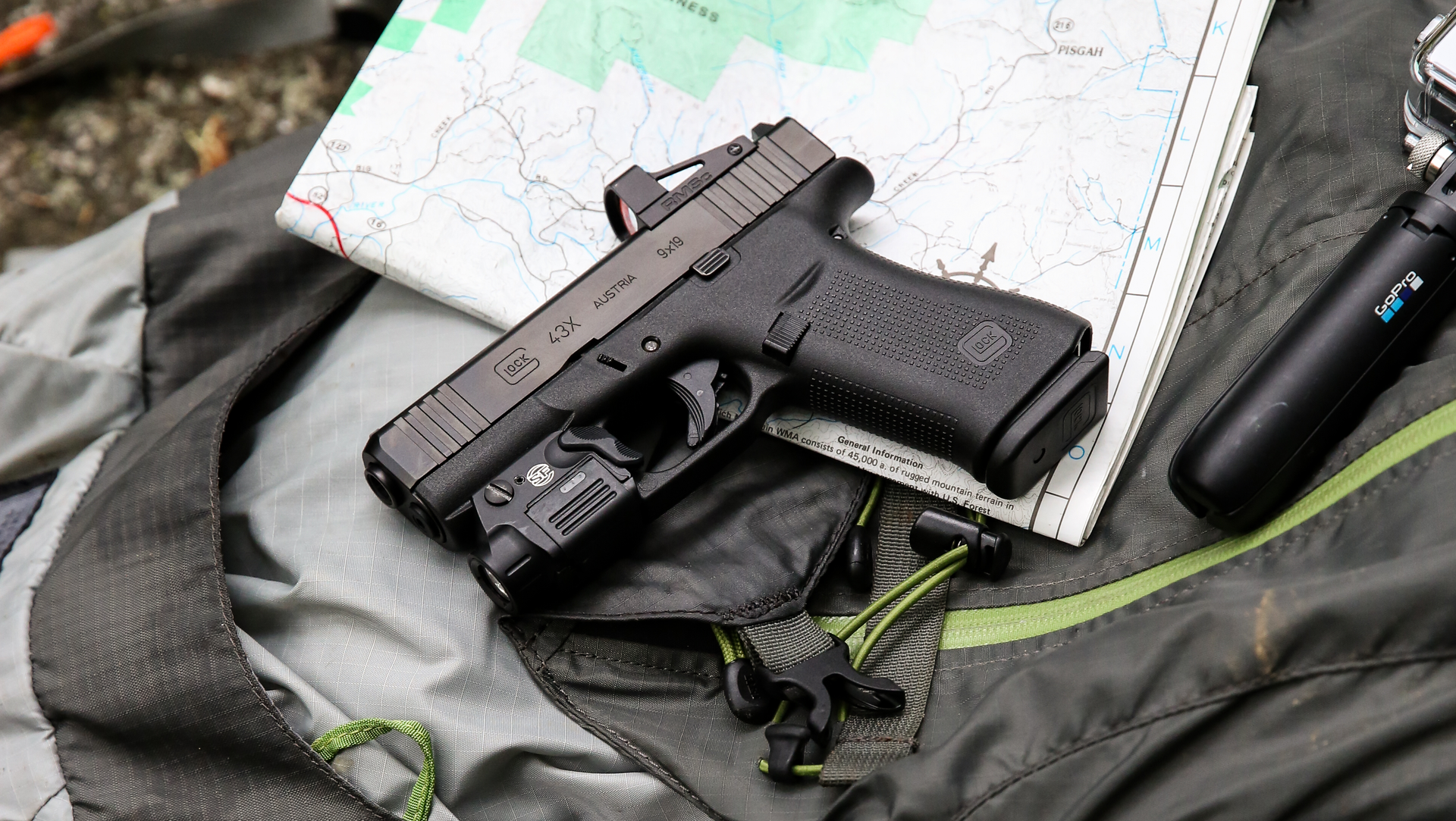 GLOCK Inc.
GLOCK Inc.
A non-standard accessory rail allows for a light to be attached with close alignment to the firearm’s bore with positioning in front of the trigger guard which allows the operator to maintain a two-handed grip.
Both new models incorporate Gen5 Technologies such as the nDLC finish for extreme durability, a reversible magazine catch, and the match-grade, GLOCK Marksman Barrel (GMB) for increased accuracy.
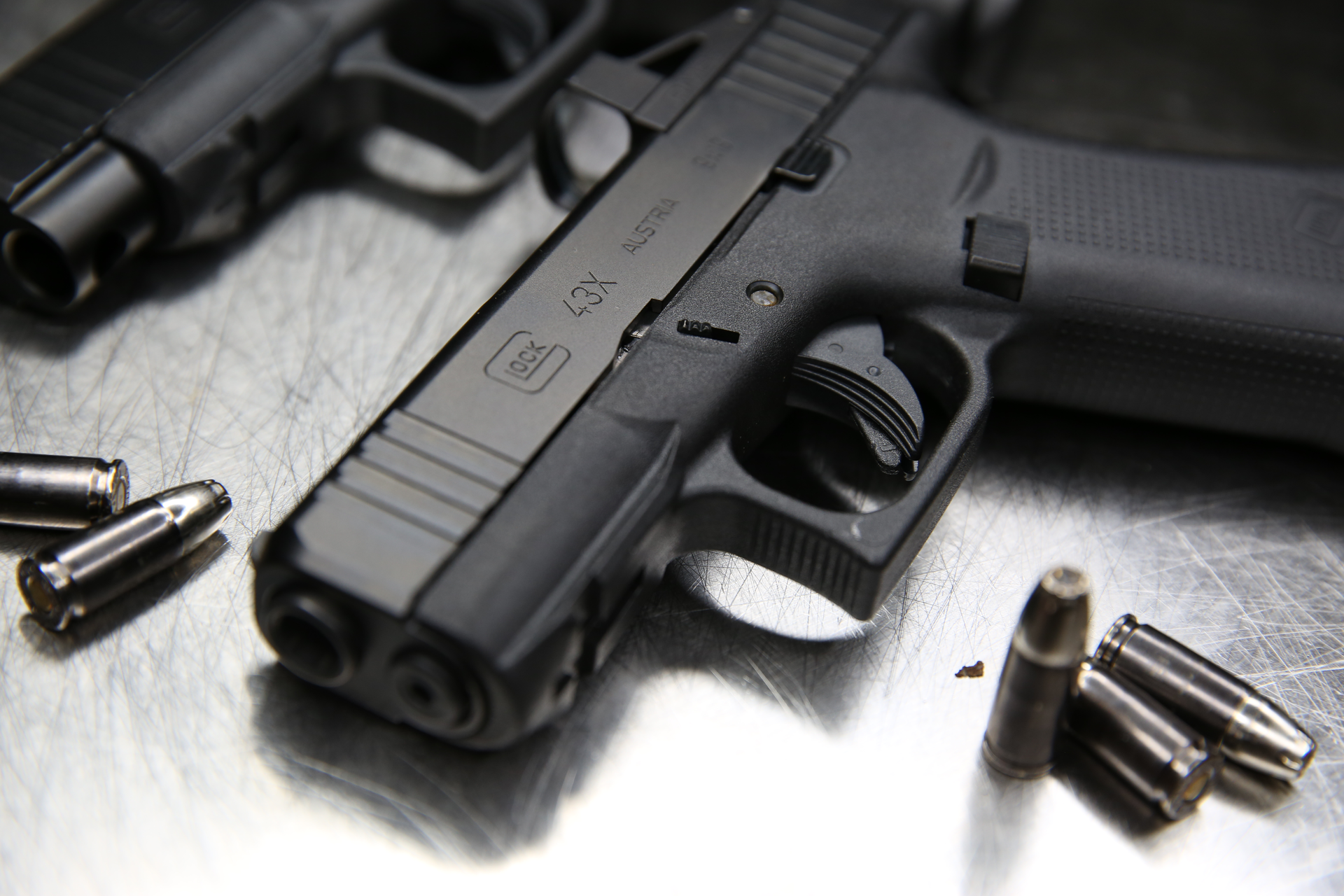 GLOCK Inc.
GLOCK Inc.
Additional information about the G43X and G48 MOS can be found at https://www.glock.us.
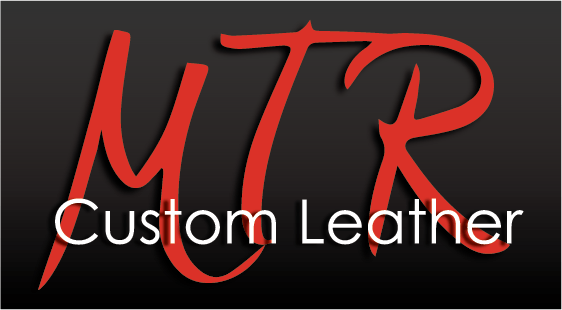
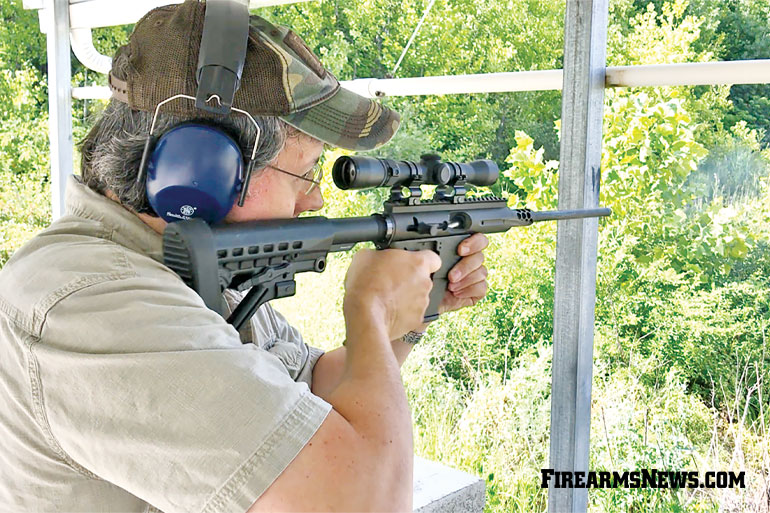
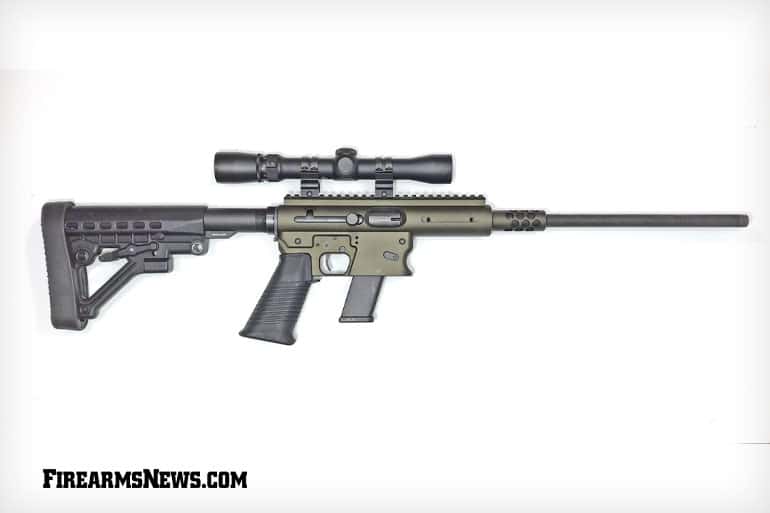
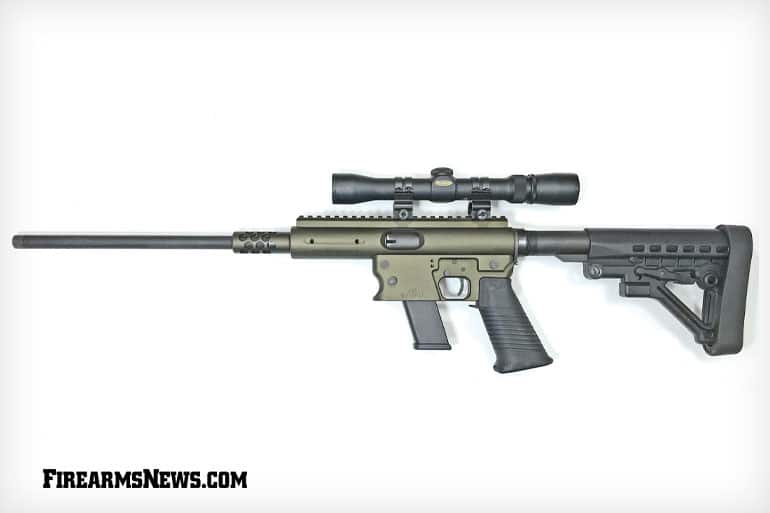
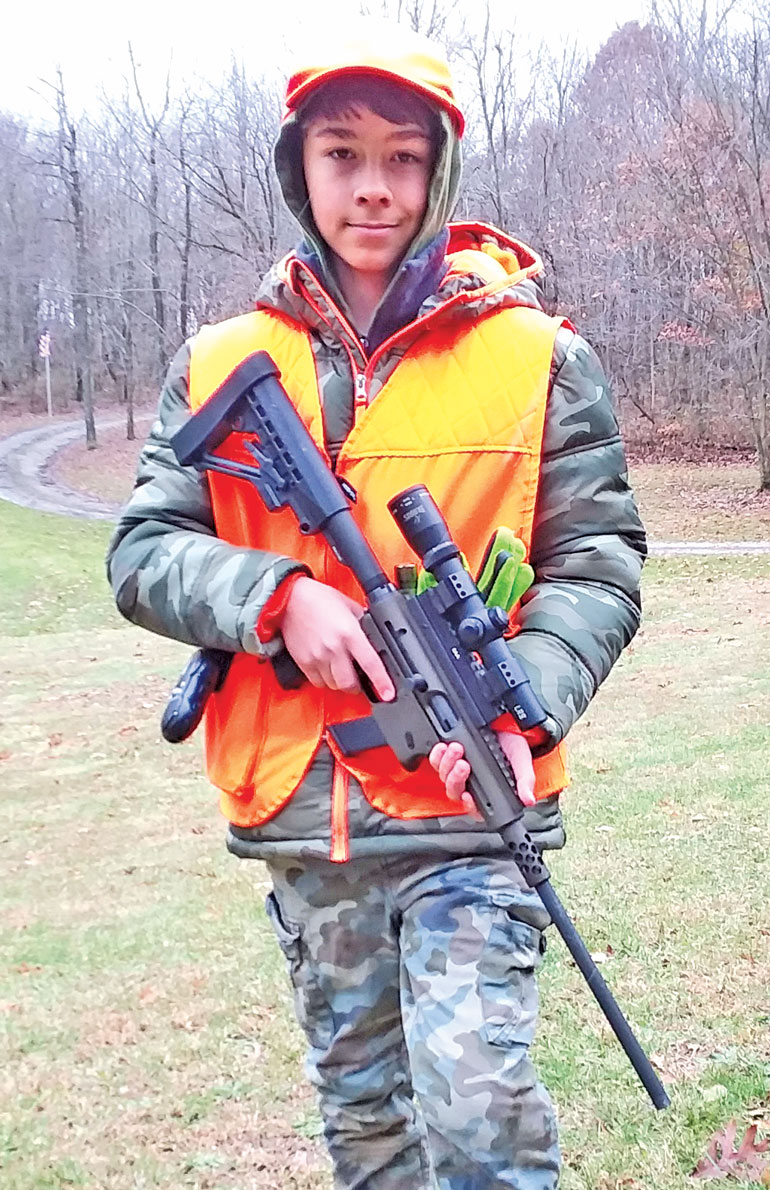
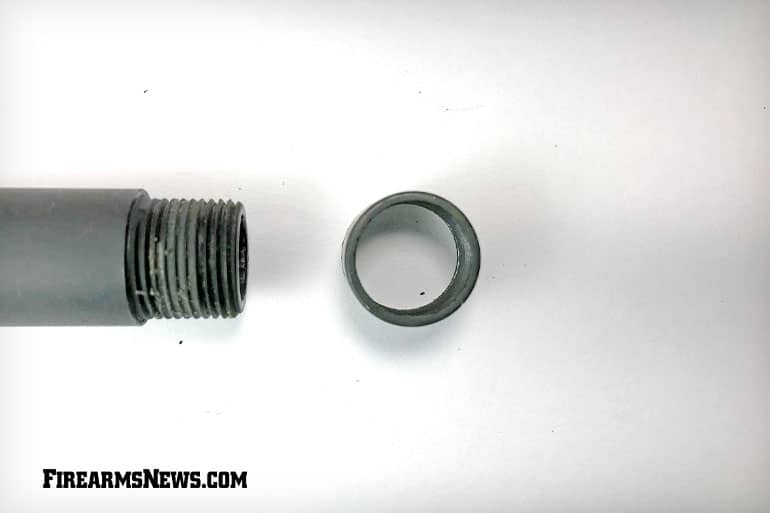
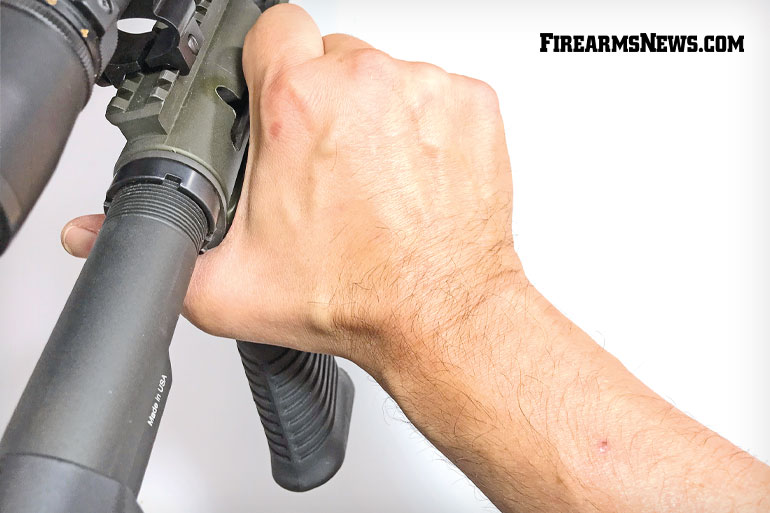
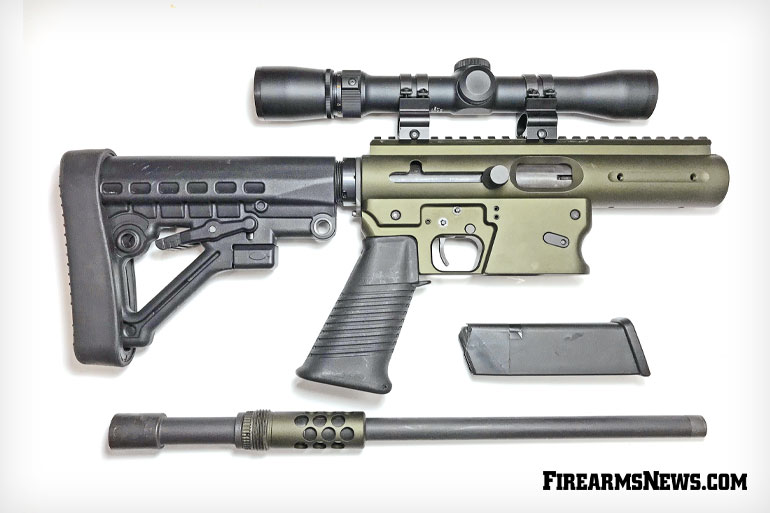
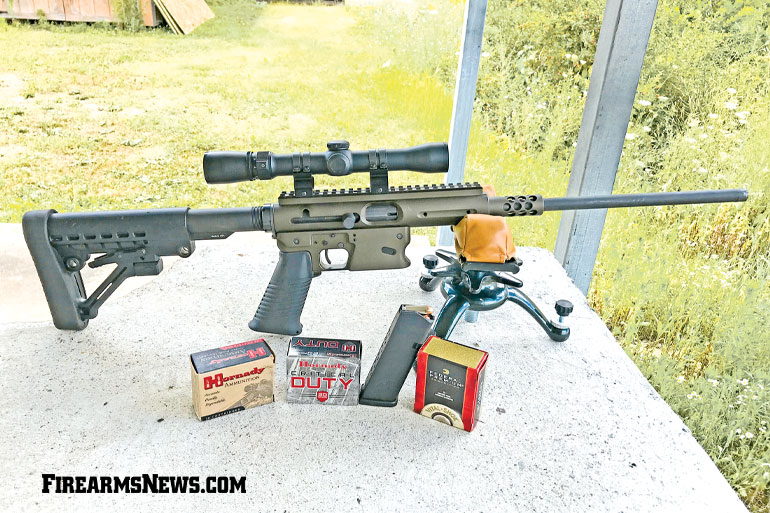
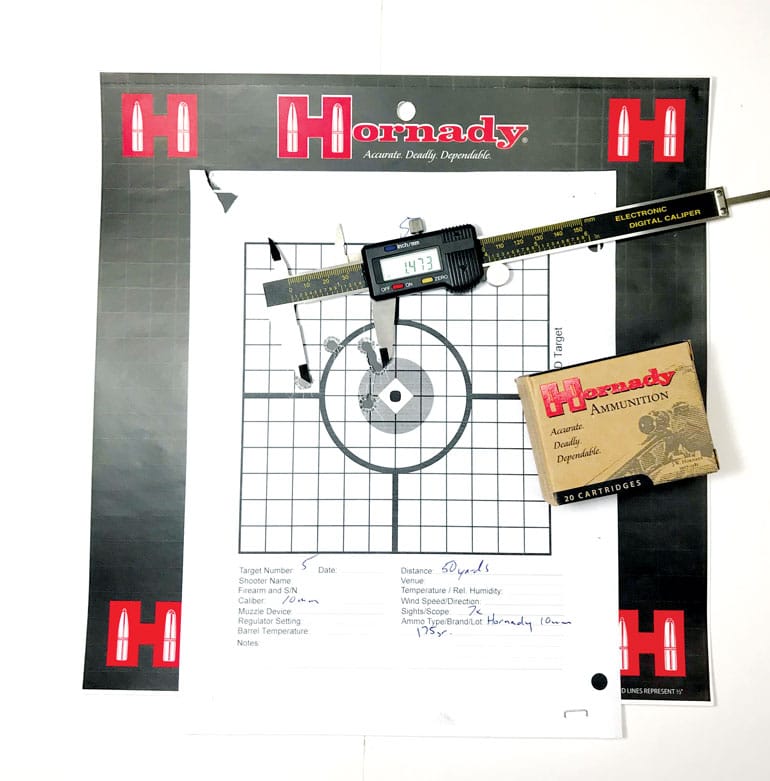
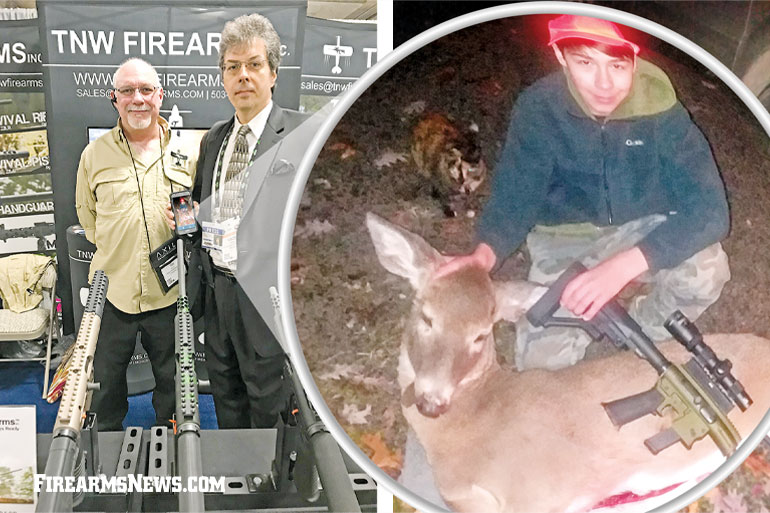
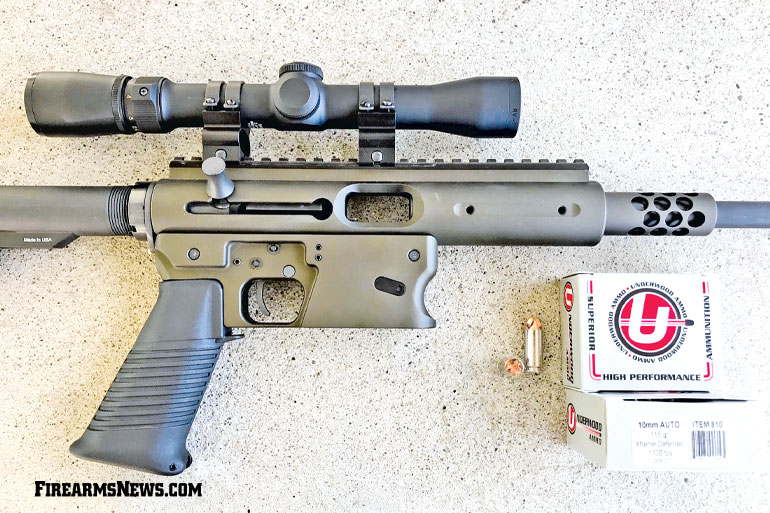
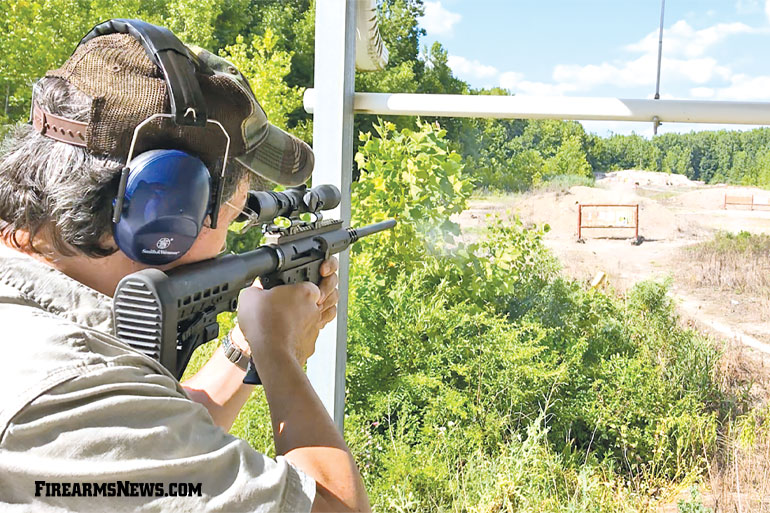
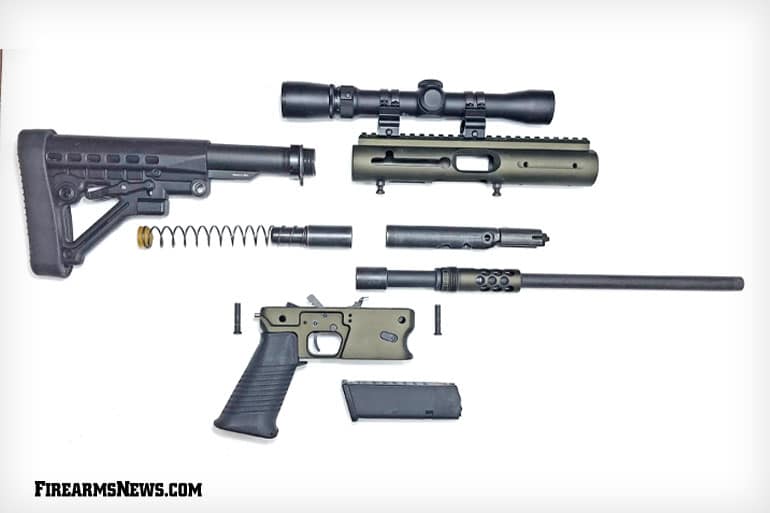
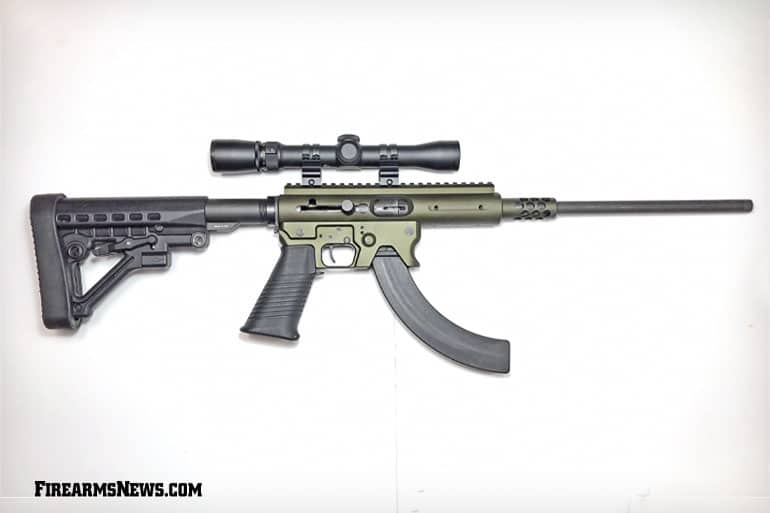
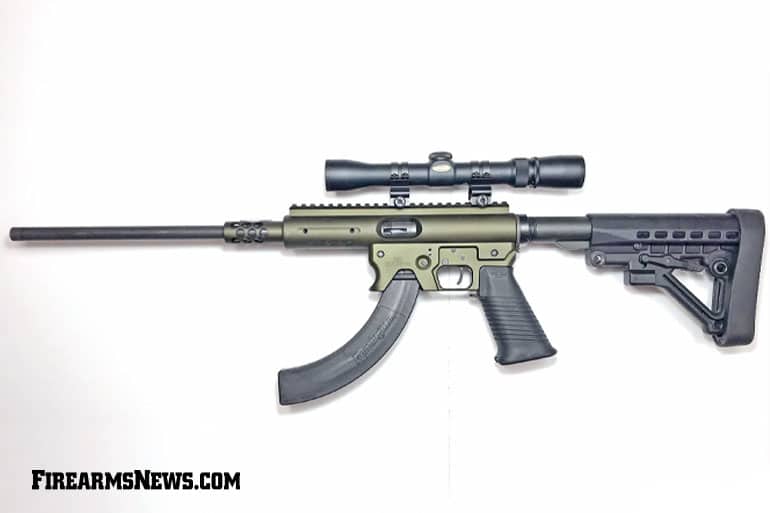
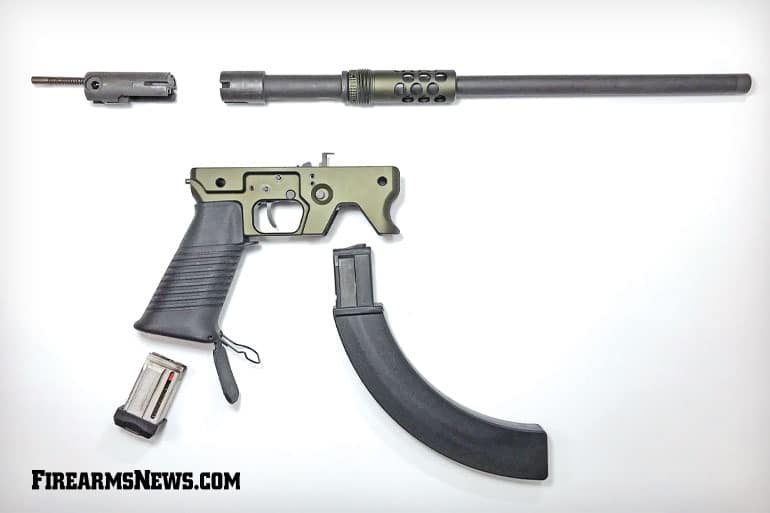
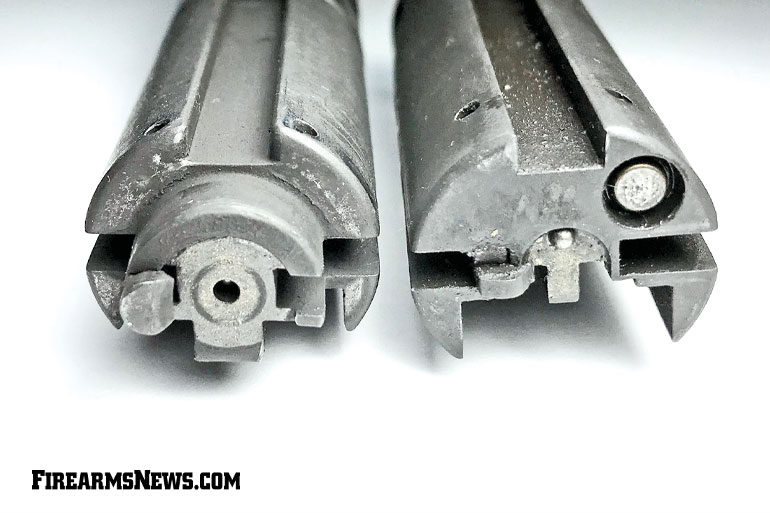
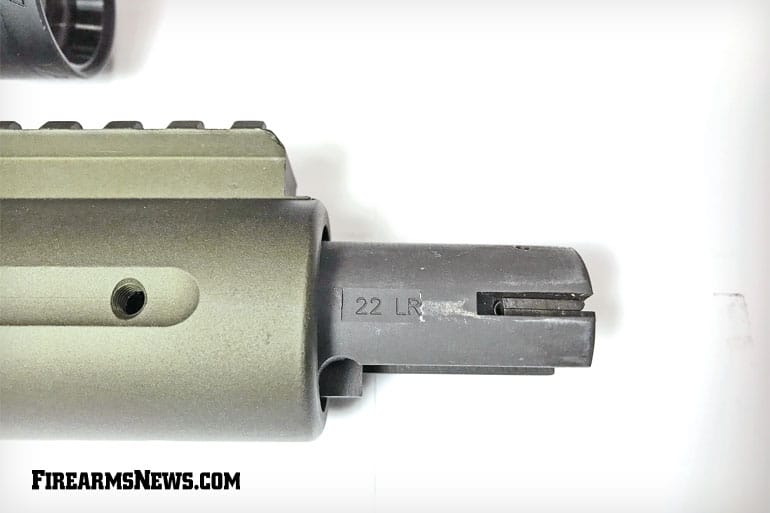
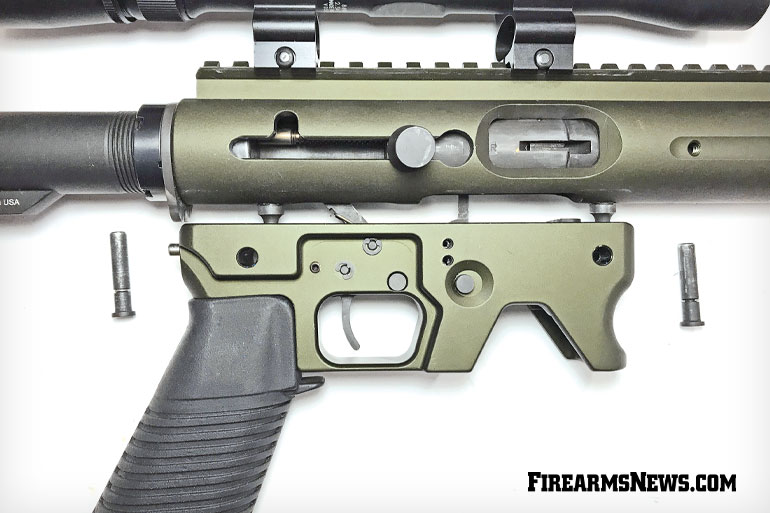
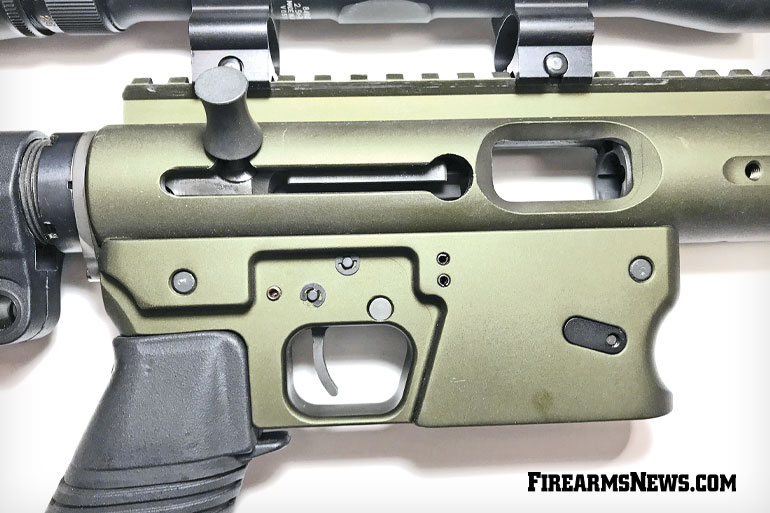
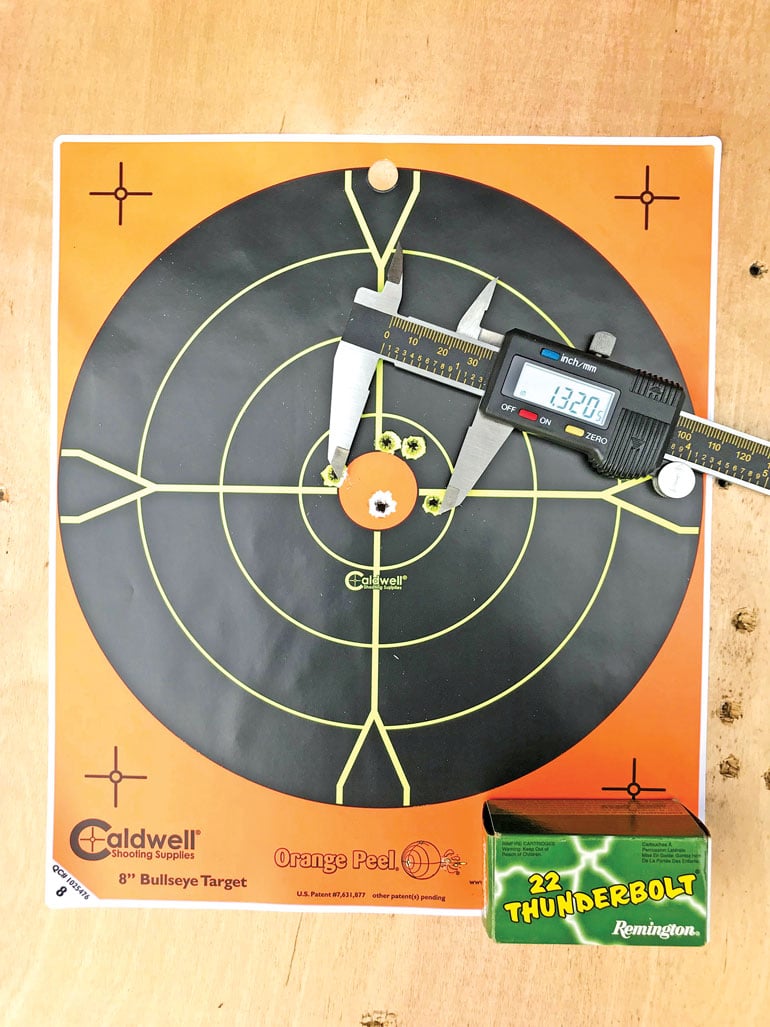


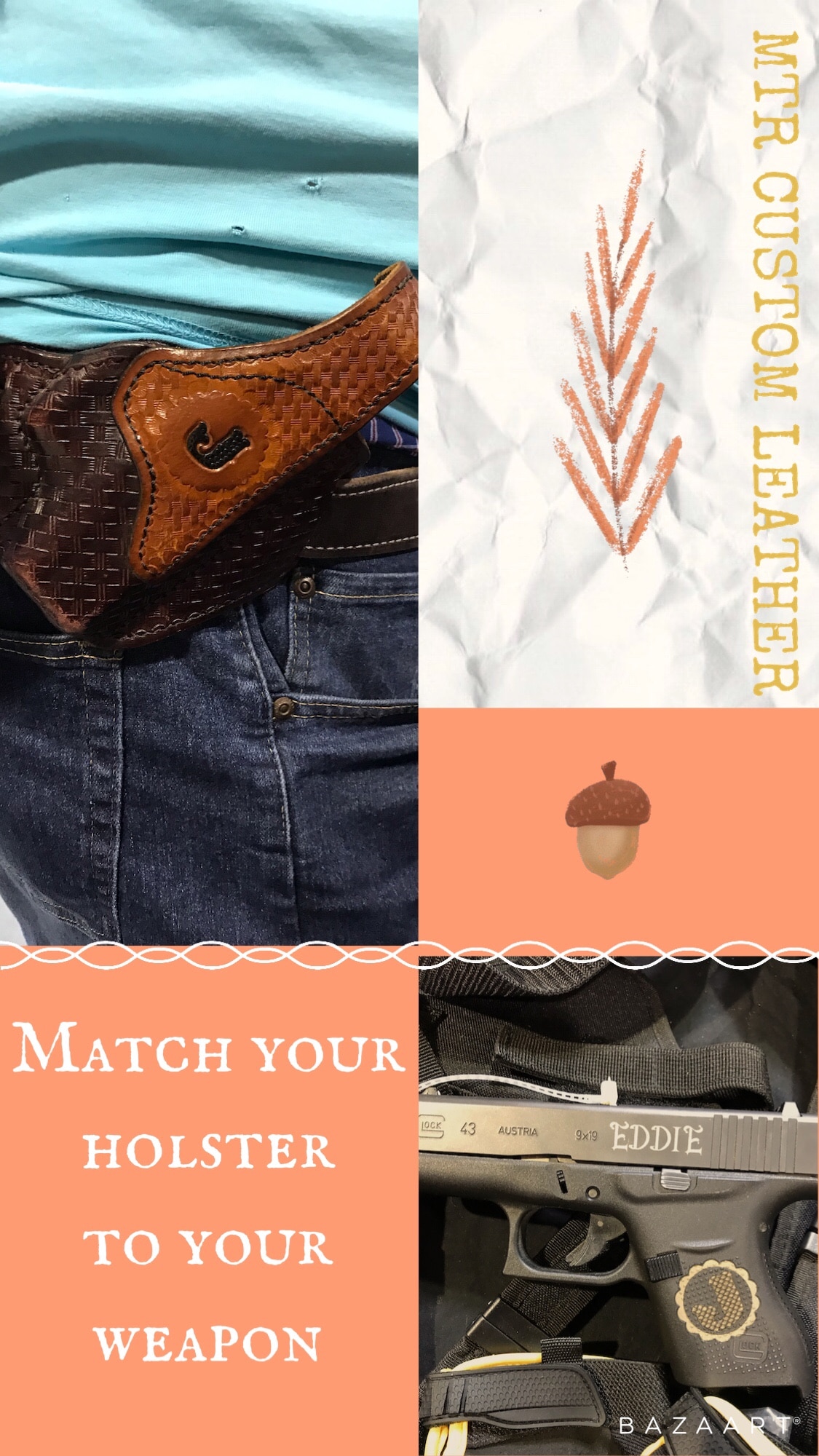
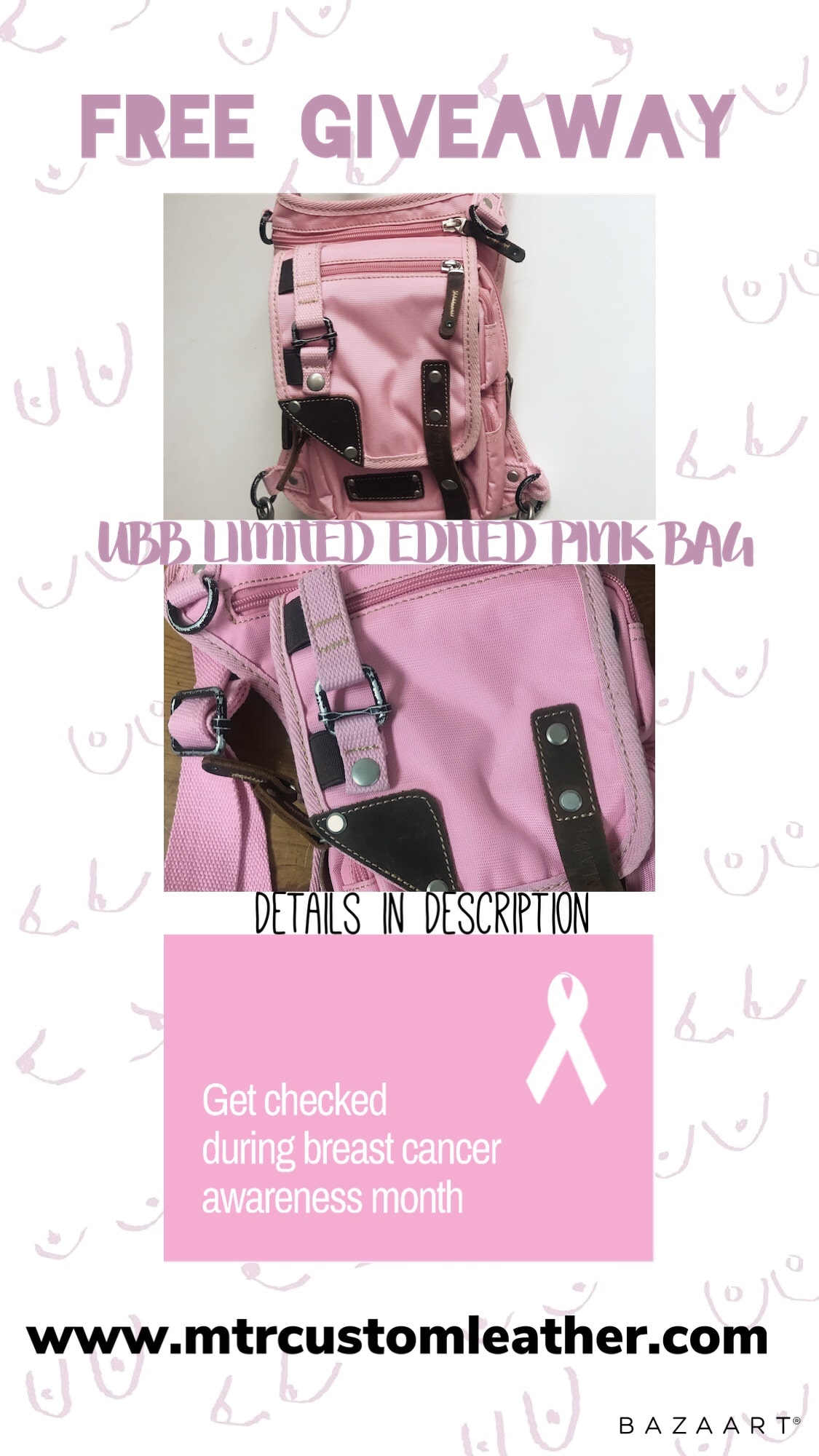

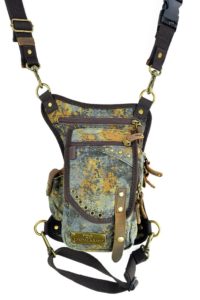
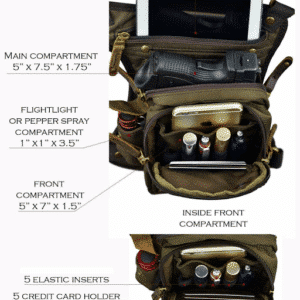
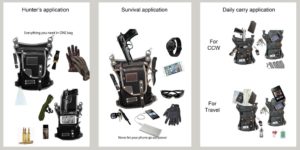
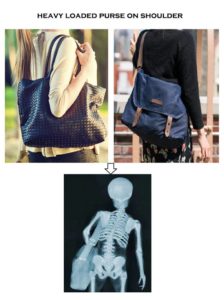
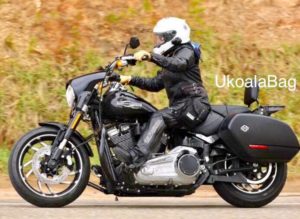
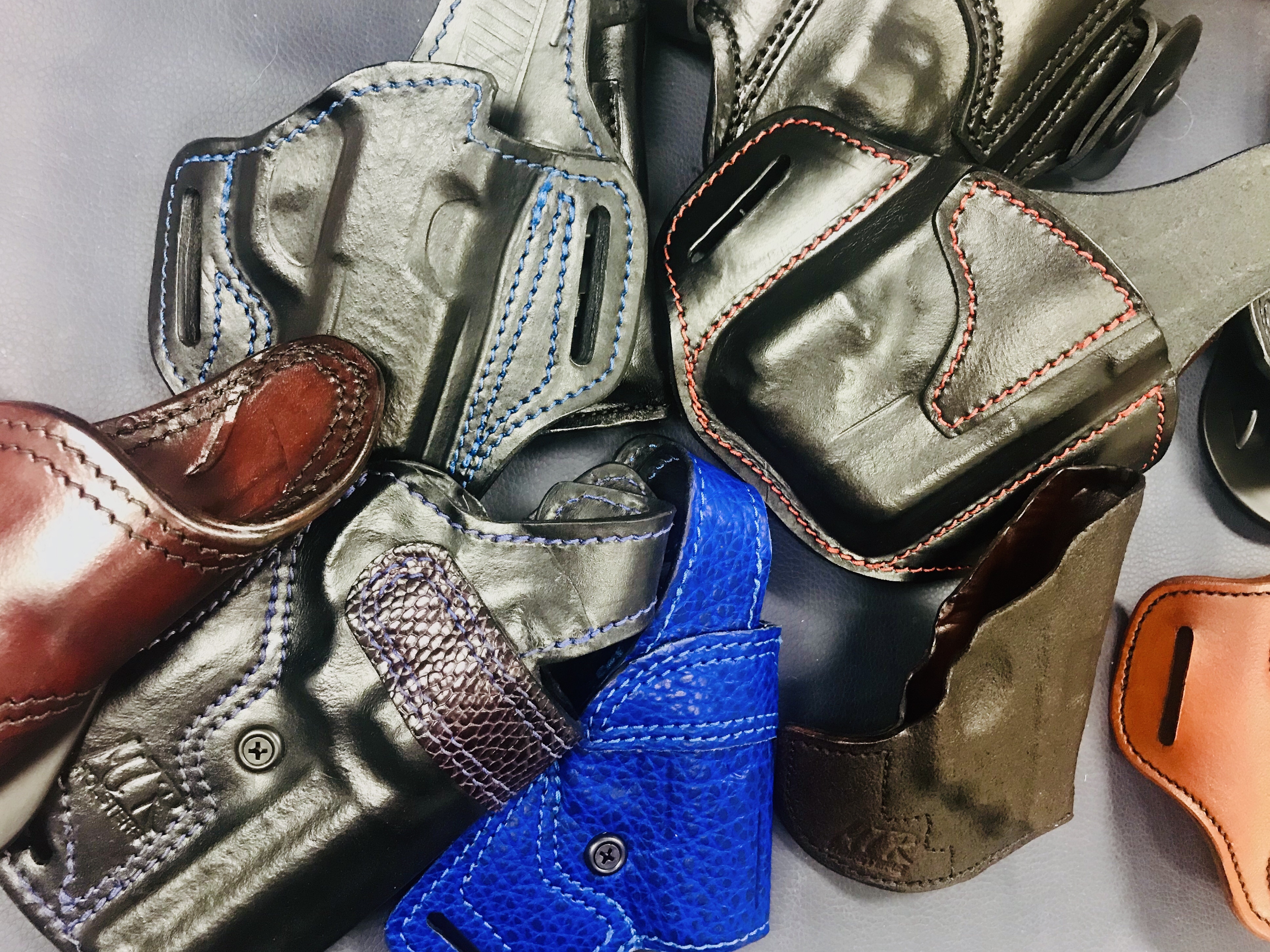
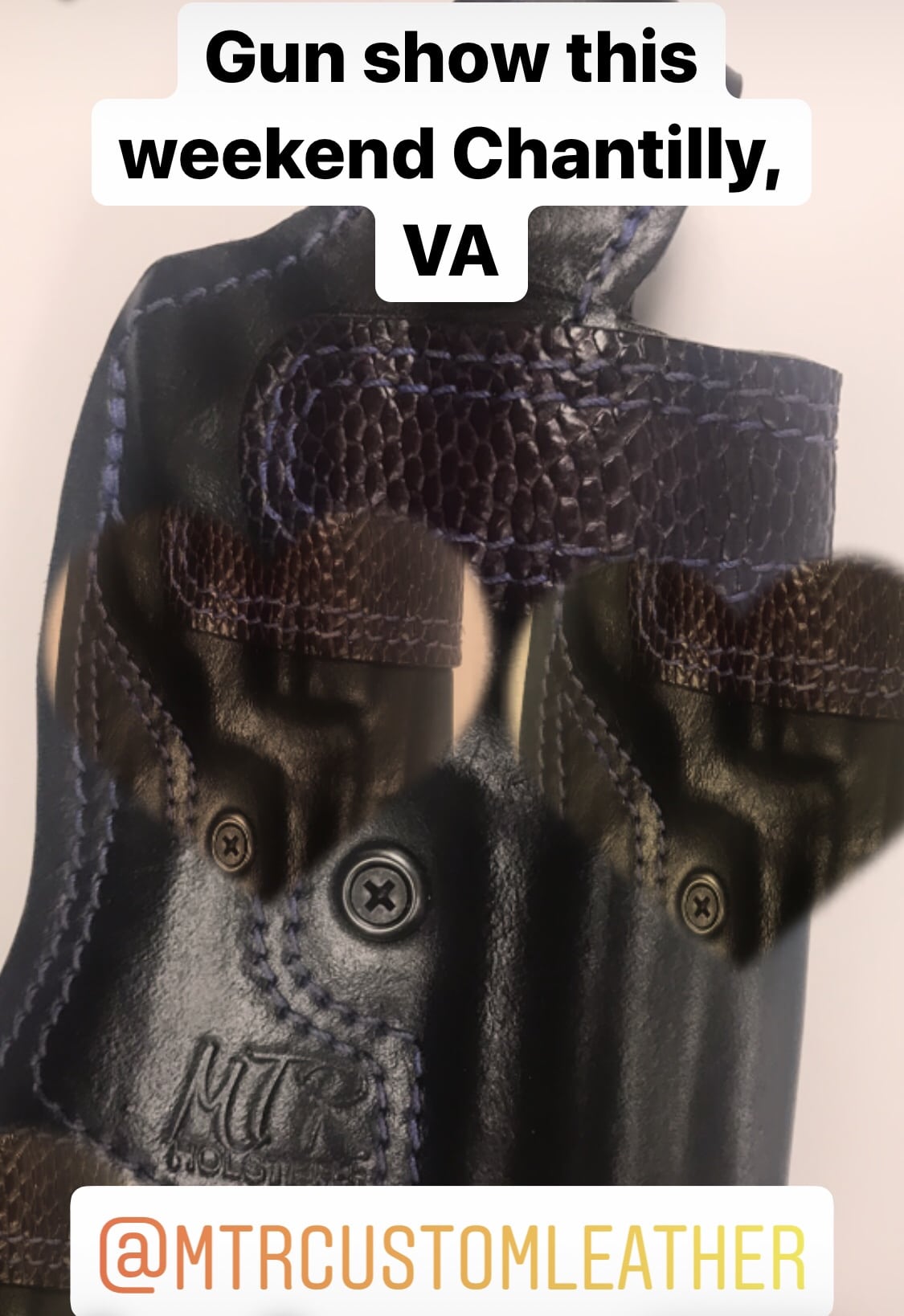


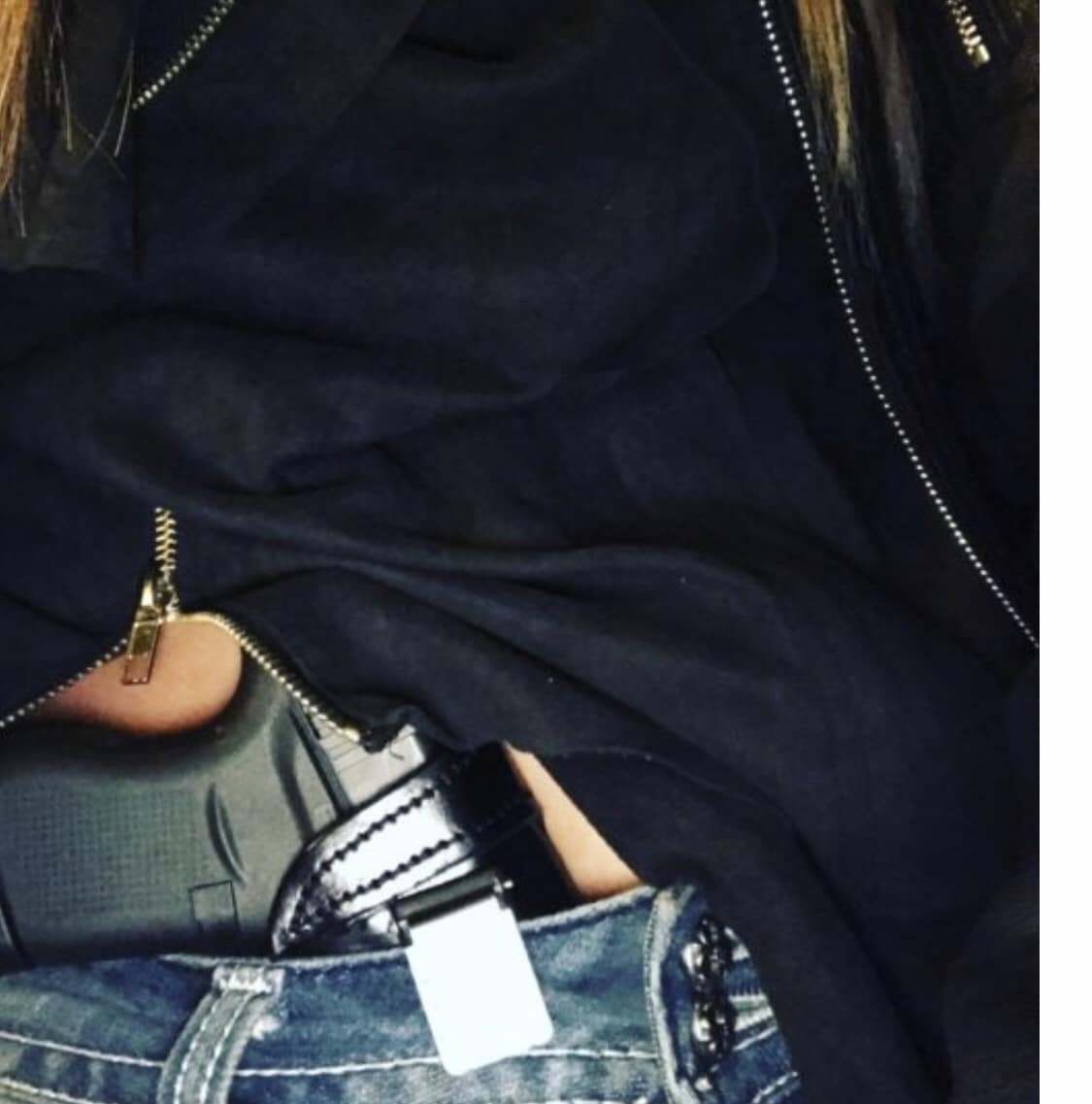 TALLAHASSEE —In a legal fight that started after the 2018 mass shooting at a Parkland high school, attorneys for the state and the National Rifle Association this month detailed dueling arguments about the constitutionality of a Florida law that prevents people under age 21 from buying guns.
TALLAHASSEE —In a legal fight that started after the 2018 mass shooting at a Parkland high school, attorneys for the state and the National Rifle Association this month detailed dueling arguments about the constitutionality of a Florida law that prevents people under age 21 from buying guns.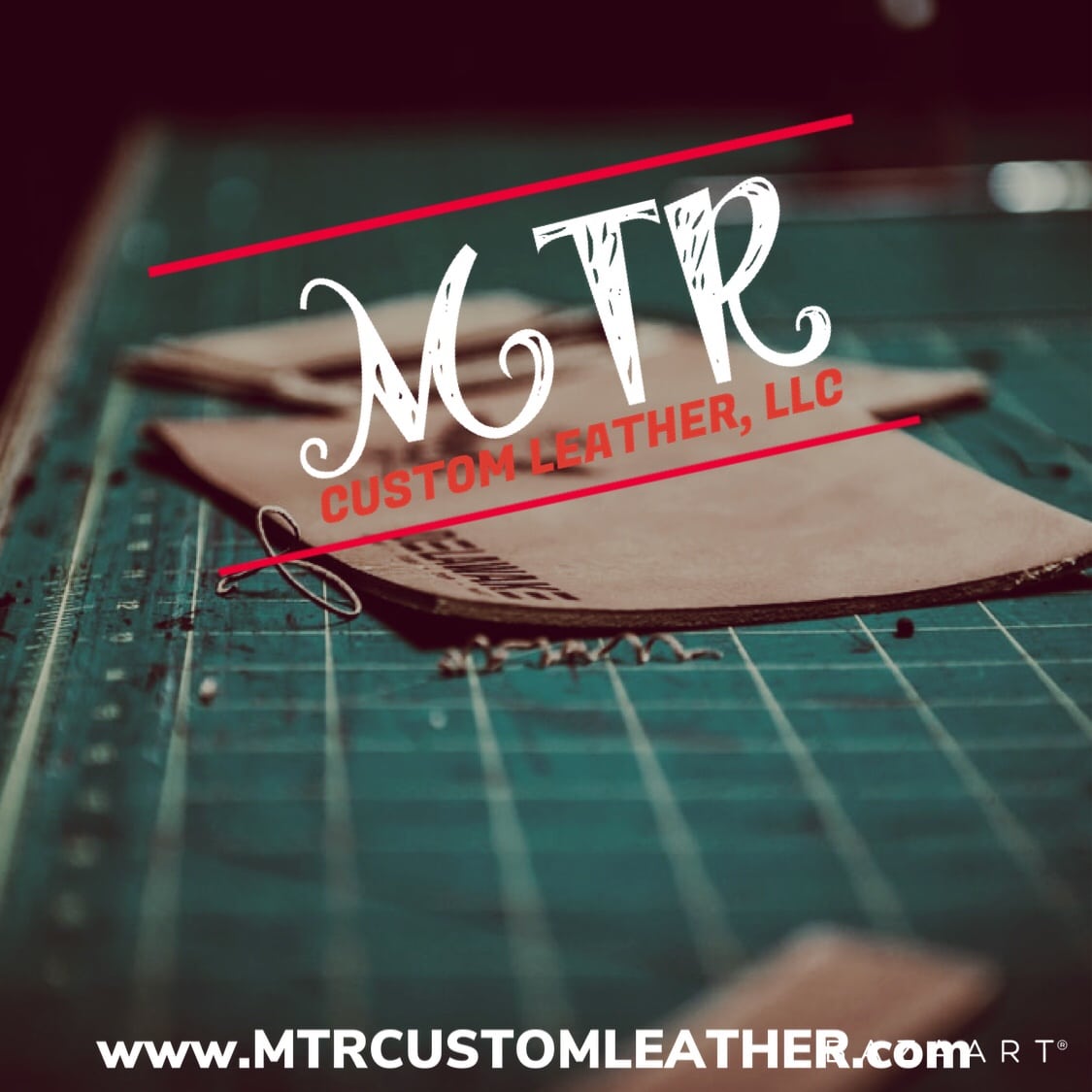
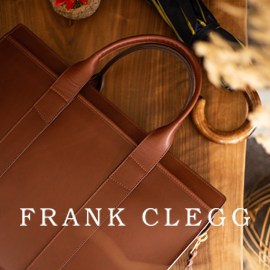
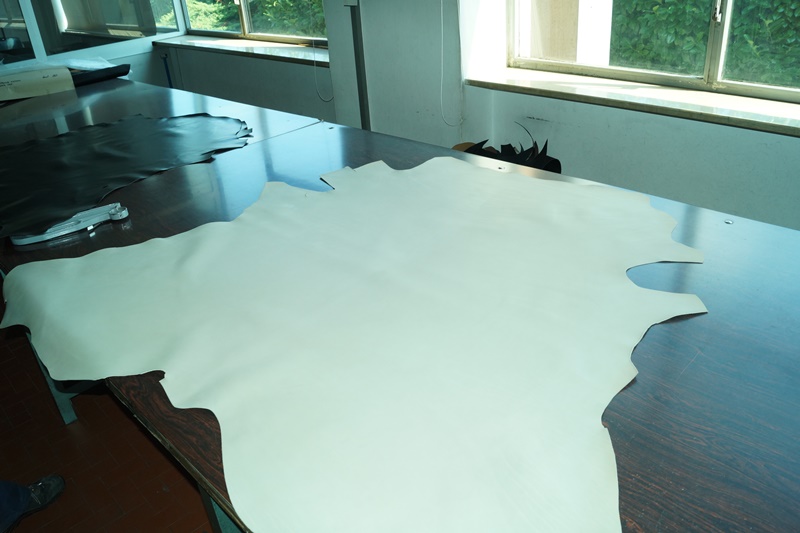
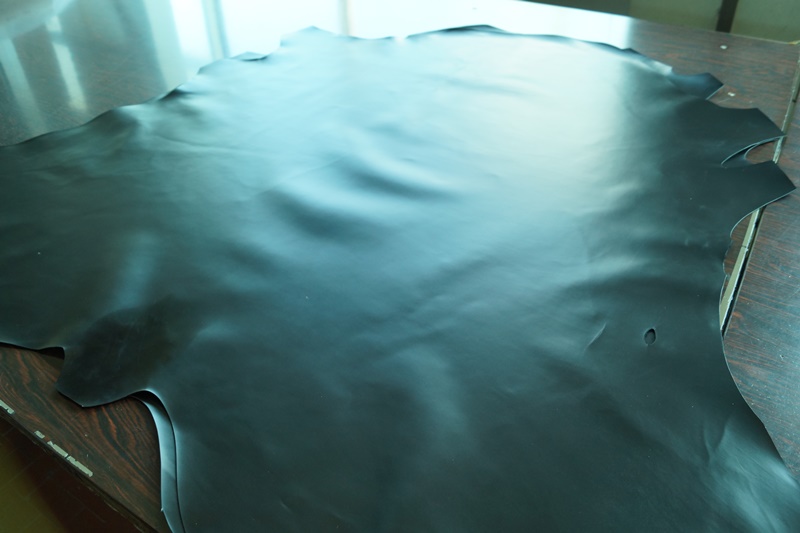
 . Some notable tanneries producing Box calf are Weinheimer for Black calf, Du Puy and Annonay for everything else.
. Some notable tanneries producing Box calf are Weinheimer for Black calf, Du Puy and Annonay for everything else.




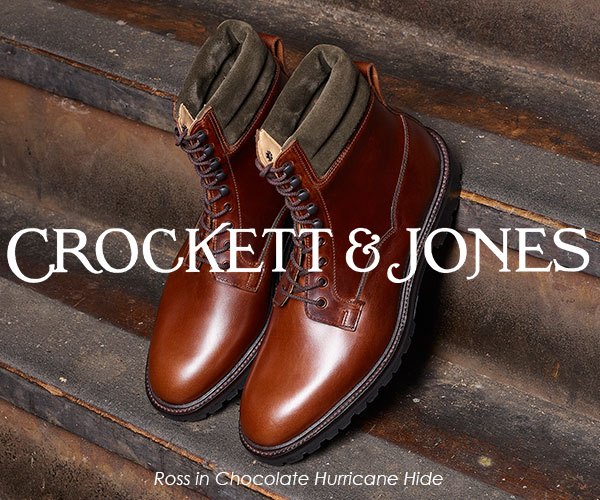
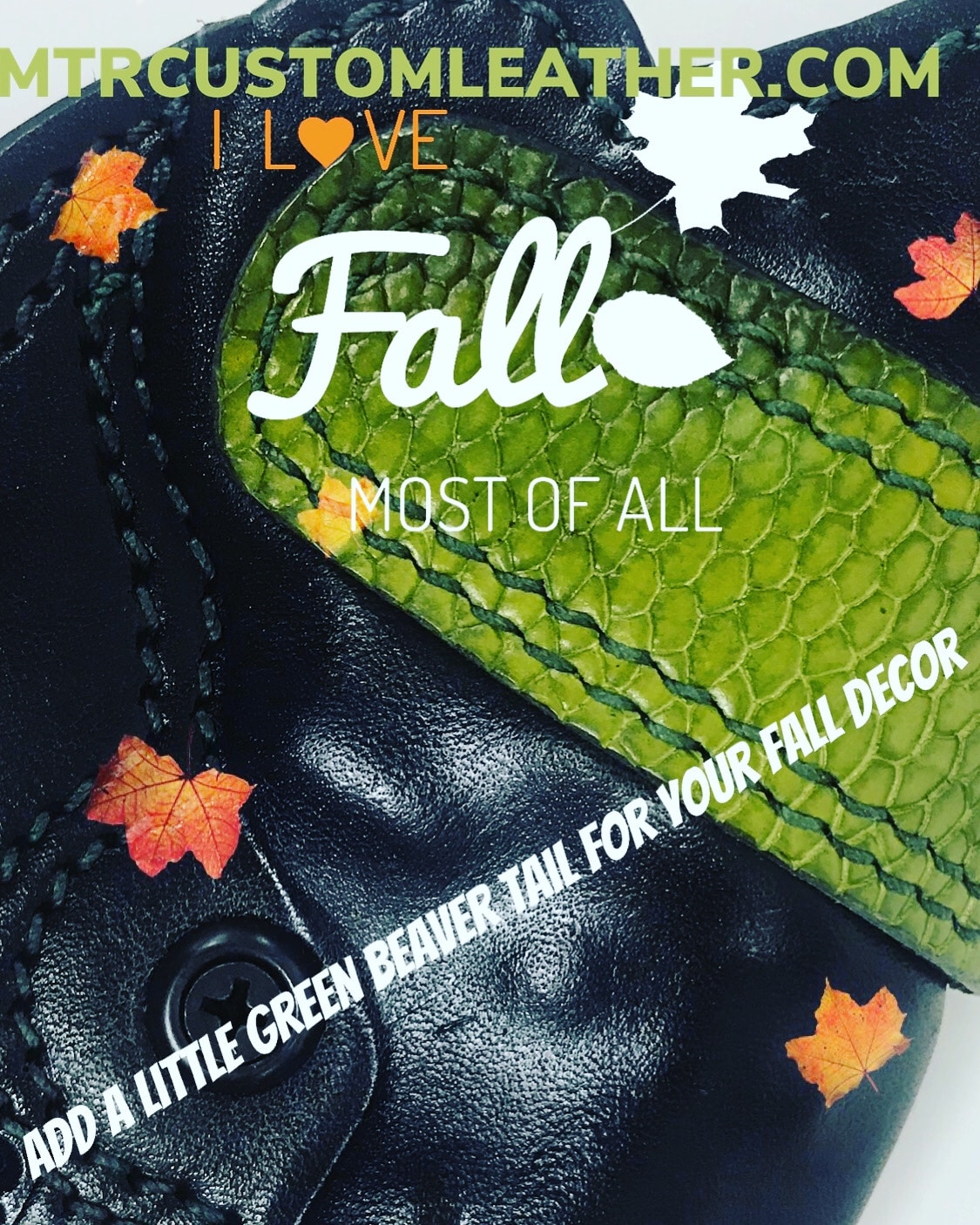
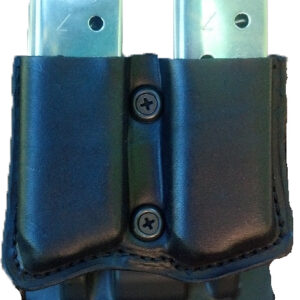
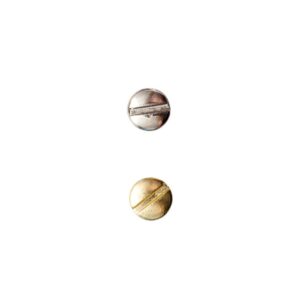
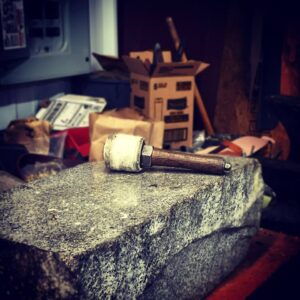
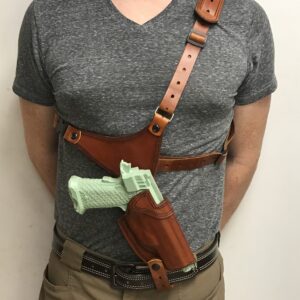
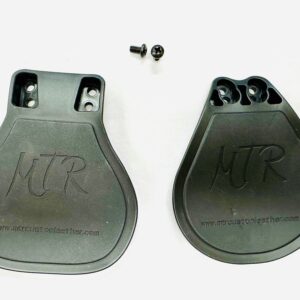
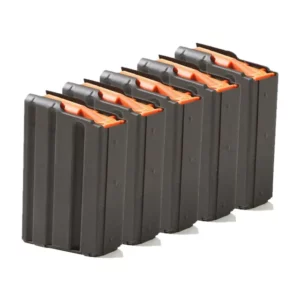
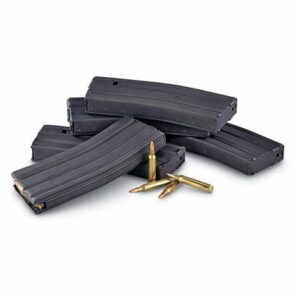
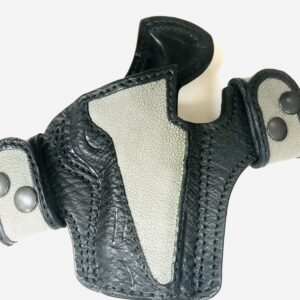
Recent Comments